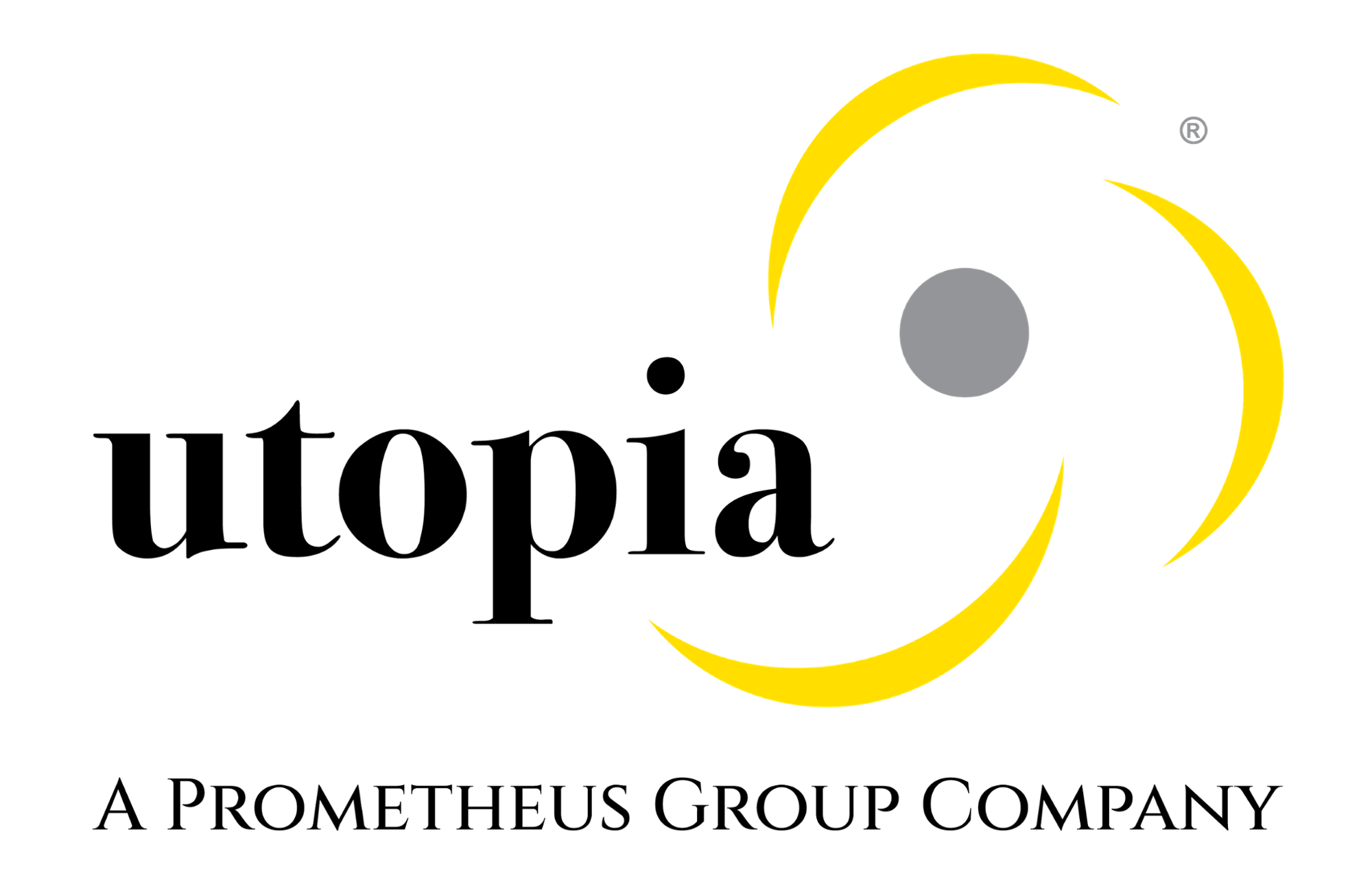How the CFO Uses Returns from Investments
Recently in discussion with a valued client CFO, she asked to better understand our value proposition. She inquired, “What do CFOs say is their top priority for re-investment when saving tens of millions in MRO spares inventory and in EAM operational cost?” The question brings up several points, which come from two decisions which depend on the experience and judgment often of the CFO:
- What is the right decision to make on a solution? (the 1st decision)
- How much do you expect to save from the solution?
- How much savings did you experience or receive from the solution?
- What would you do with that savings at your company? (the 2nd decision)
- How much additional benefit was created by this?
CFOs track an Internal Rate of Return (IRR) and a Modified IRR (MIRR, which takes inflation into consideration). IRR is the overall average return across all projects and initiatives. It doesn’t consider risk. IRR should always be higher than the Weighted Average Cost of Capital (WACC). WACC is the average cost of money across a portfolio of sources, like selling bonds, issuing stock, paying interest on loans, and other financial instruments. The difference between IRR and WACC essentially is the value creation lever – the more this engine is revved up (by sales), and made efficient by reducing costs, and adjusted for “risk,” the more value is created. Risk is another topic we can cover in a later blog post.
To compare, think of IRR as your blended returns from your retirement portfolio and investments. Think of WACC as your average interest rate on your mortgage, car loan, and credit cards. When you can borrow money at low-interest rates (mortgage) and concurrently make a higher rate of return on investments (capital appreciation of your home), it’s a good time to borrow. A house generally is an asset. Not good to take high-interest credit on things that go down in value (like cars and TVs). These are liabilities, not assets. The better your credit rating (banks assessment of your risk), the lower your interest rate or cost of money, and the higher your liquidity, the more you can borrow, and the more value (in theory) you can create if you can use funds wisely. It takes money to make money. The same is true for business.
When businesses free up working capital, for example, reducing obsolete/unused/excess inventory, that doesn’t increase revenue (unless it unlocks use of warehouse space that can be used to store more product coming off production lines) it comes off the balance sheet. Parts can be sold for cash, which can be re-invested. Some parts can be identified not as obsolete, but usable in a different application after a repair, which extends the value of that item. When you reduce operational costs, like warehousing, freight, equipment repair labor, and parts costs, and reduce other COGS and SG&A, for example, these go directly to the improvement of Earnings Before Income Taxes (EBIT) or operating margin.
The cash or “funds” can then be either invested in the Risk-Free Rate (RFR) like a 3% Treasury Bill, or in the “market” at say at 5% or 8% returns, or back into the business, for the expectation of IRR. If IRR is not higher than other available investments, or your WACC, your company is not efficient.
The more effective a company is at leveraging capital, converting them into assets, working those assets at full utilization, the higher IRR may go. This also impacts the Return on Assets (RoA) figure – another measure of the efficiency of a company and its operations and taken overall with other business financial ratios, a measure of the effectiveness in CFO decisions and ability to manage and mitigate risk.
About reducing operational cost – that goes directly into the improvement of EBITDA, which helps with the Income Statement and will also help with Statement of Cashflow. It improves everything, profitability, consistency, linearity, risk, stock price, RoA, and RoS. The company may then obtain access to financial instruments at a lower WACC with perceived lower risk by lenders, and the IRR goes up – success begets success, and failure often invites more failure.
Current note: with the Covid-19 impacts on the overall economy, generally, weaker companies are starting to file for bankruptcy. Because of lower revenue streams for an extended period, they’re not able to make payments on bonds or loans or other securities. When the lenders become impatient, because they too have pressures, they have the right to be paid, in the pecking order where shareholders are paid-out last.
One surprise of late is HERTZ Global Holdings, Inc., NYSE: HTZ, which filed Chapter-11 on May 22, 2020, after failed attempts to restructure (their finances). They must liquidate many of their vehicles (now at lower prices), and even that might not be enough to save the brand.
In other industries, like asset-intensive Oil & Gas, Chemicals, Mining, and others, there’s enormous pressure to reduce costs and free up working capital.
- Question #1: What is the right solution?
- Question#2: What will you do with the savings?
It is important to be vigilant in your examination of projects that drive IRR with lower risk, and to be Data-Driven to help reduce costs while making good, informed business decisions.
With Utopia Strategic Value Management (SVM), we work with our clients to help confirm:
- Expected savings from solution
- Actual savings from solution
- Provide advisory before, during and after these decisions
Great data move companies toward the success cycle, away from the failure downspin. Make your data great, and please be safe.
Contact Utopia Strategic Value Management (SVM) at SVM@UtopiaInc.com for more information.




